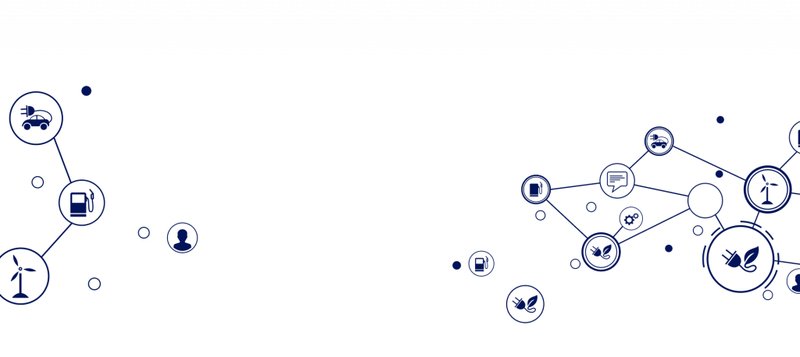Introduction
Ever watched your smartphone struggle to run the latest app while everyone else seems to be cruising effortlessly? It’s a common scenario and the numbers back it up: over 60% of users face performance issues due to inadequate processing power. Enter DSP chips. These little powerhouses can enhance the performance of everything from your phone to advanced robotics. But how do they really improve our tech experience? That’s what we’ll delve into right now.
The Shortcomings of Traditional Solutions
Look, it’s simpler than you think. Traditional computing solutions often give way to bottlenecks, especially when handling complex data streams or extensive number crunching. This is where the magic of DSP chips comes in. By integrating functionalities like edge computing nodes and real-time data processing, these chips eliminate latency issues that can otherwise plague performance. They’ve revolutionised the dynamics of running applications efficiently, ensuring a significant boost in speed.
Another drawback to older systems? Energy consumption. Conventional processors can drain power—evident when you notice battery life dwindling after just a few hours of use. In contrast, modern DSP chips are designed to optimise power converters, meaning users can achieve high-definition processing without sacrificing longevity. Smart design, right? It’s like having your cake and eating it too!
What Are the Hidden User Pain Points?
These pain points might seem hidden at first. Users may not even know that their devices could perform significantly better. It’s easy to blame the app or the service itself when, in fact, inefficient processing hardware may be at play. DSP chips are here to fill that gap, offering a seamless experience even with demanding applications. They not only enhance overall functionality but also provide a better user experience by reducing frustration and increasing satisfaction.
New Technology Principles on the Horizon
Looking ahead, it’s fascinating to consider how DSP chips will continue to evolve. New technology principles focus on adaptive algorithms and machine learning, driving smarter processing within devices. Imagine a world where your gadgets anticipate your needs and adjust accordingly in real-time. The automation potential is enormous—it’s a game-changer.
Case studies are also popping up, where industries like automotive and healthcare are harnessing the power of DSP technology. Autonomous vehicles rely heavily on DSP chips to process massive amounts of sensory data instantly, ensuring safety on the roads. Quite frankly, it’s a leap into a tech-savvy future where outdated hardware just can’t keep pace. It’s all about integration of technology that promises efficiencies on both time and resources.
Real-world Impact
Summarising the insights, we really see how DSP chips are tackling historical performance challenges face-on. From providing robust power management solutions to superior data processing speeds, the impact is hard to ignore. Choosing the right technology means evaluating not just the immediate needs but also the future scope of your devices. Whether for a startup or a vast enterprise, the right DSP chips could pave the way for your tech’s growth.
So as you’re considering your options, keep in mind three crucial evaluation metrics: processing power, energy efficiency, and adaptability to emerging technologies. With the pace at which tech is evolving, leveraging DSP chips could mean the difference between staying relevant and getting left behind.
In conclusion, we’re at a pivotal moment in technological advancement. The integration of UniBetter‘s cutting-edge DSP chips into our devices not only amplifies capabilities but also enriches the user experience as a whole. It’s a constantly evolving landscape, and it’ll be exciting to see what’s next!


